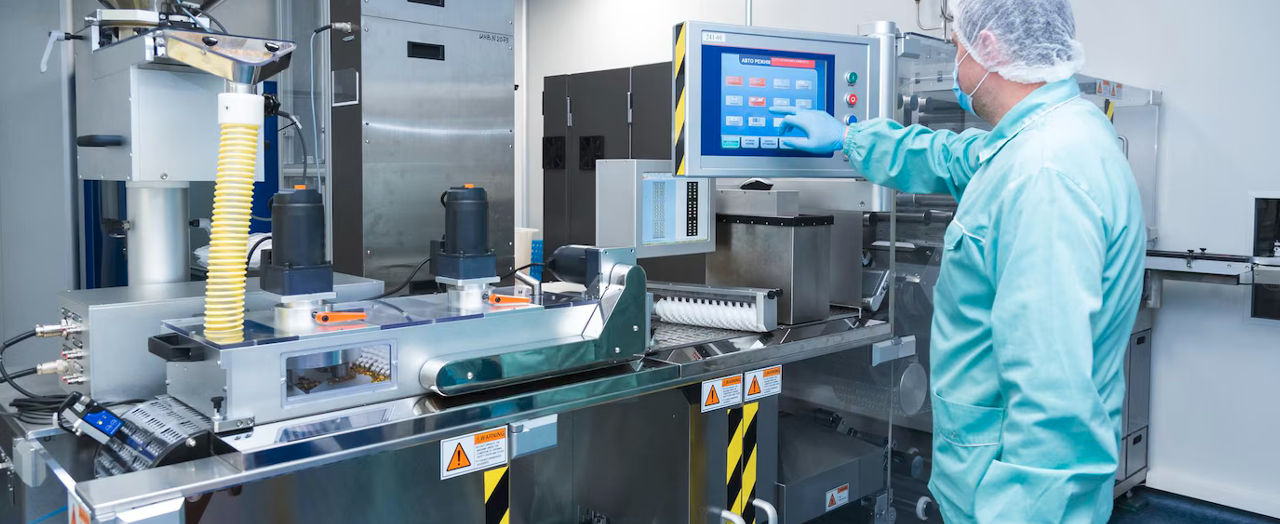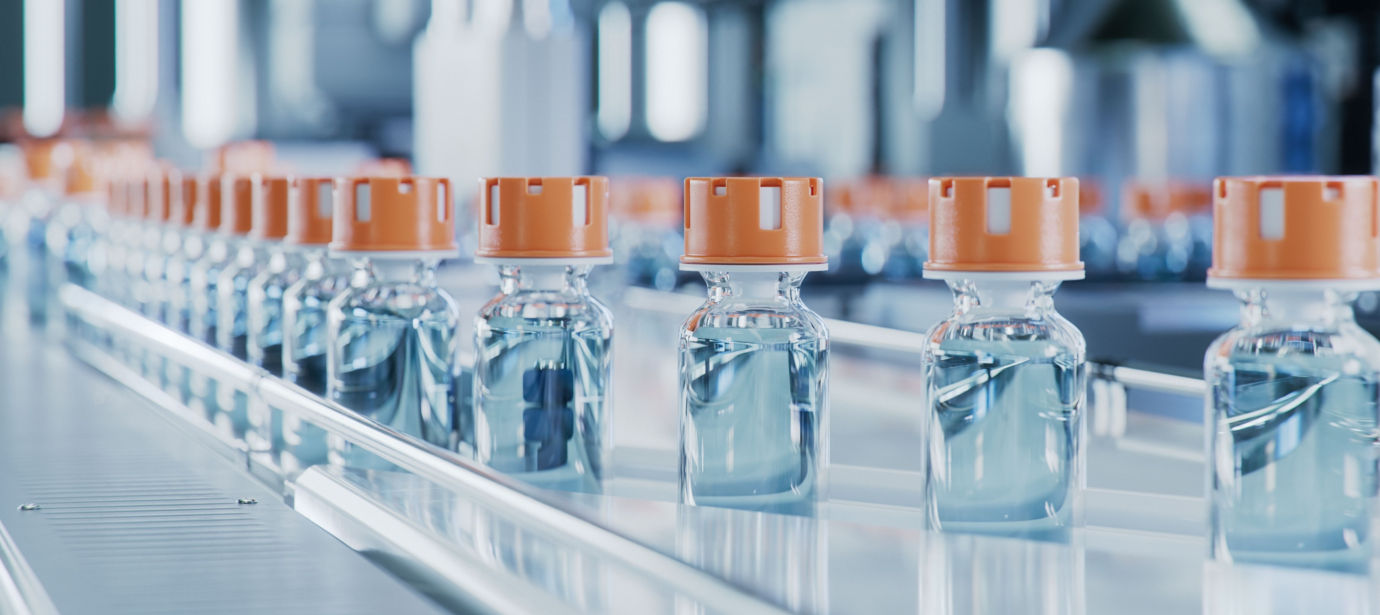EU Annex 1 and Sterile Manufacturing: A Comprehensive Guide
Sterile manufacturing is a cornerstone of pharmaceutical production, ensuring that drugs, especially injectables and critical medical devices, are produced in environments devoid of microbial contamination. In Europe, the regulatory framework governing sterile production is stringent, and Annex 1 of the EU Good Manufacturing Practices (GMP) is one of the most critical regulatory guidelines in this domain. In 2022, after extensive revisions, a new version of Annex 1 was released, marking a significant update to sterile manufacturing standards.
This blog explores the latest EU Annex 1 guidelines and their implications for sterile manufacturing.

What is EU Annex 1?
EU Annex 1 is part of the European Union's GMP regulations, focusing on the manufacture of sterile medicinal products. Originally published in 1989, it has been the reference document for sterile production facilities for decades. Over the years, pharmaceutical processes and technologies evolved significantly, prompting the need for a comprehensive update to Annex 1. The latest revision, implemented in August 2022, includes detailed guidance on maintaining sterility, contamination control, and ensuring consistent product quality.

Key Focus Areas of the Updated Annex 1
The revised Annex 1 is a comprehensive document, addressing both technological advancements and modern regulatory expectations. Here are some of the critical areas that have undergone changes:
1. Contamination Control Strategy (CCS)
A cornerstone of the new Annex 1 is the introduction of the Contamination Control Strategy (CCS). Sterile facilities are now required to develop a holistic CCS that integrates risk management principles across all stages of sterile manufacturing. This strategy must include process validation, environmental monitoring, and the use of appropriate technologies to ensure sterility.
CCS elements include:
- Identifying contamination risks at every step of the process.
- Implementing preventive measures to mitigate those risks.
- Validating procedures and processes to ensure contamination control.
- Monitoring and reviewing control measures continually.
2. Quality Risk Management (QRM)
The revision emphasizes the use of Quality Risk Management (QRM) throughout the sterile manufacturing process. QRM principles must be integrated into every aspect of sterile manufacturing, from facility design to product release. This approach encourages manufacturers to assess risks specific to their operations and tailor their control strategies accordingly. This marks a shift from one-size-fits-all compliance to a more flexible, risk-based approach.
3. Facility and Equipment Design
Facility and equipment design play a significant role in ensuring sterility, and Annex 1 has strengthened its expectations in this area.
Key facility design considerations include:
- Maintaining appropriate cleanroom classifications (ISO 5 to ISO 8) for different stages of production.
- Implementing unidirectional airflows and air pressure differentials to prevent contamination.
- Ensuring that all equipment, including isolators and restricted-access barrier systems (RABS), are adequately designed, validated, and maintained to meet sterile requirements.
This revision emphasizes the use of advanced containment technologies like isolators, which provide better sterility assurance over traditional cleanroom designs.
4. Aseptic Process Simulation (APS)
Aseptic Process Simulation (APS), or media fills, remains a key method for validating the sterility of manufacturing processes. Annex 1 stipulates stricter requirements on the frequency, duration, and conditions under which media fills must be conducted. Manufacturers are required to simulate the worst-case scenarios during their APS and document all outcomes thoroughly. Furthermore, the guideline mandates periodic requalification to ensure ongoing process reliability.
5. Environmental and Personnel Monitoring
Environmental and personnel monitoring requirements have become more stringent. Continuous and robust environmental monitoring systems are essential to detect any microbial contamination in real-time.
Monitoring parameters include:
- Non-viable particles: Continuous monitoring in Grade A zones.
- Viable particles: Monitoring through surface and air sampling.
- Personnel practices: Tightened controls on operator interventions, with special emphasis on gowning, behavior, and movements in critical areas. Operators are now subject to more frequent microbiological sampling of gloves and garments.
6. Sterilization Processes
The updated Annex 1 places increased emphasis on sterilization validation and process integrity for both aseptic and terminal sterilization processes. Manufacturers must validate their sterilization processes with scientific data and ensure that sterilization parameters are consistently achieved.
Common sterilization methods covered in the annex include:
- Moist heat (autoclaving)
- Dry heat
- Gas sterilization (ethylene oxide)
- Radiation sterilization (gamma or electron beam)
7. Water Systems and Clean Utilities
Water is a critical component in sterile manufacturing, used in cleaning, product formulations, and steam generation for sterilization. Annex 1 reinforces the importance of designing and maintaining purified water and water for injection (WFI) systems to prevent microbial contamination.
Manufacturers must:
- Validate water production systems.
- Ensure continuous monitoring of water quality.
- Establish procedures for sanitization and biofilm control.
8. Technology and Automation Integration
The updated Annex 1 acknowledges the growing use of automation and digital systems in sterile manufacturing. Technologies like continuous monitoring systems, data analytics, and automation of critical processes such as filling and sealing are encouraged to reduce human interventions and improve process control.
Advanced technologies include:
- Isolators and RABS to minimize direct operator interaction.
- Automated filling lines to ensure consistent, contamination-free operations.
- Use of robotics in high-risk areas to reduce human involvement.
Impact of Annex 1 on Sterile Manufacturing Operations
The 2022 revision of Annex 1 raises the bar for sterile manufacturing, mandating stricter controls and better process validation. Manufacturers need to upgrade their operations, integrate new technologies, and adopt a risk-based approach to ensure compliance.
Key impacts include:

Conclusion
The updated EU Annex 1 is a landmark regulation for sterile manufacturing, driving improvements in sterility assurance and contamination control. It aligns with global trends in regulatory frameworks that focus on risk-based approaches and advanced technologies. Pharmaceutical manufacturers must invest in upgrading their facilities, processes, and workforce competencies to meet the stringent requirements outlined in Annex 1. While challenging, compliance with the new guidelines will enhance product quality, patient safety, and overall operational efficiency.
With the future of pharmaceutical production moving towards increased automation, digitization, and stricter contamination control, EU Annex 1 serves as both a challenge and an opportunity for sterile manufacturers to lead in a rapidly evolving industry.




